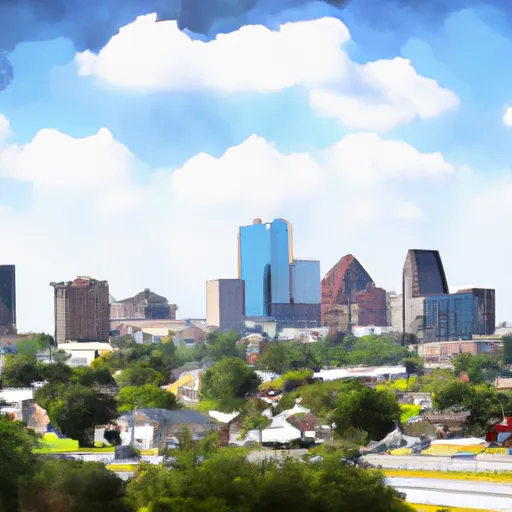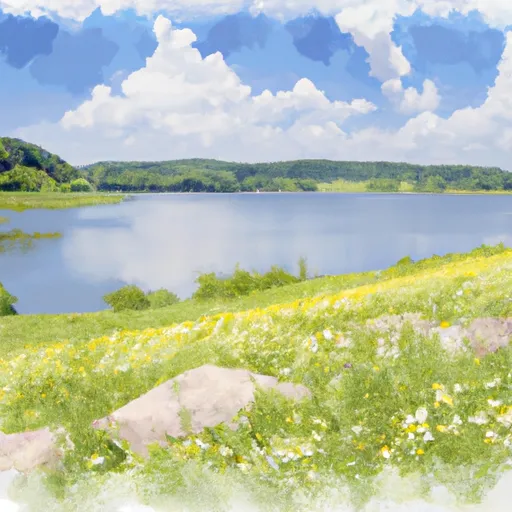°F
°F
mph
Windspeed
%
Humidity











Hamshire is a small rural community located in Jefferson County, Texas. The climate in Hamshire is characterized by hot, humid summers and mild winters. The area receives moderate rainfall throughout the year, which contributes to the hydrology constituents of the region. The nearby Sabine River provides a source of water for the community, as well as opportunities for fishing and boating. Hamshire also offers several outdoor recreation opportunities, including hiking, camping, and birdwatching at the nearby Sea Rim State Park. The park features miles of beachfront, dunes, and marshes, making it an ideal destination for nature enthusiasts. Overall, Hamshire is a quiet and peaceful community with a strong connection to nature.
Weather Forecast
Hamshire receives approximately 1452mm of rain per year, with humidity levels near 90% and air temperatures averaging around 21°C. Hamshire has a plant hardyness factor of 9, meaning plants and agriculture in this region tend to thrive here all year round.
Regional Streamflow Levels
53
Cubic Feet Per Second
32
Cubic Feet Per Second
1,000
Cubic Feet Per Second
7,250
Cubic Feet Per Second
Nearby Camping
| Camping Area | Reservations | Toilets | Showers |
|---|---|---|---|
| Bouton Lake | |||
| Lake Tejas City Park | |||
| Martin Dies State Park | |||
| Campers Cove - Town Bluff Reservoir | |||
| Winnie - Stowell County Park | |||
| Village Creek State Park |



